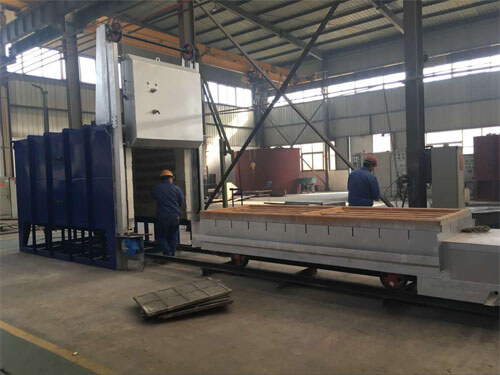Home
>NEWS
Annealing of steel
Feb.22,2017
Annealing is a generic term denoting a treatment that consists of heating to and holding at a suitable temperature followed by cooling at an appropriate rate, primarily for softening of metallic materials. It also is applied to produce desired changes in other properties or in microstructure. Steel may be annealed to facilitate cold working or machining, to improve mechanical or electrical properties, or to promote dimensional stability.
In practice, specific thermal cycles of an almost infinite variety are used to achieve the various goals of annealing. These cycles fall into several broad categories that can be classified according to the temperature to which the steel is heated and the method of cooling used. The maximum temperature may be below the lower critical temperature, A1(subcritical annealing);above A1 but below the upper critical temperature,A3 in hypoeutectoid steels or Acm in hypereutectoid steels(intercritical annealing); or above A3 (full annealing).
Consequently, the structure obtained after annealing a carbon steel are those given in the iron-cementite equilibrium diagram, namely: ferrite and pearlite in hypoeutectoid steels, pearlite in eutectoid steel, and pearlite and secondary cementite in hypereutectoid steels. The annealed steel has low hardness and strength, but very high ductility. Phase recrystallization that takes place in annealing refines the grain and eliminates widmanstatten and other unfavourable structures in steel.


